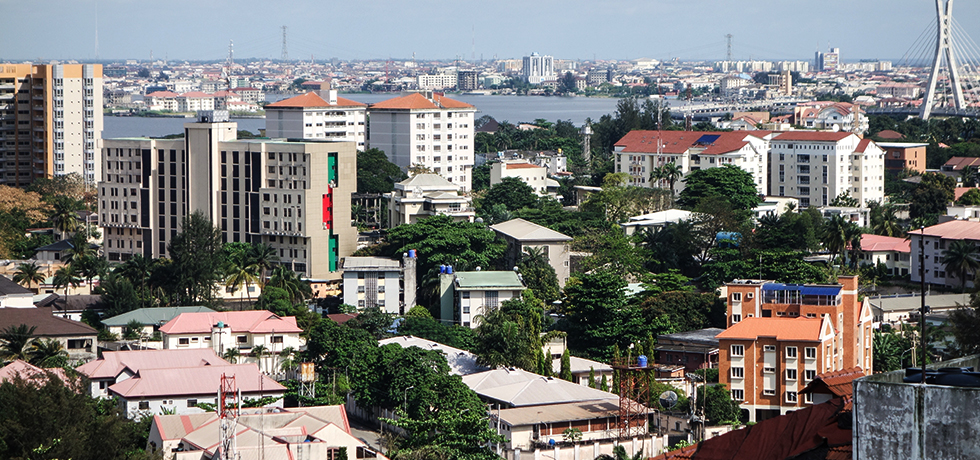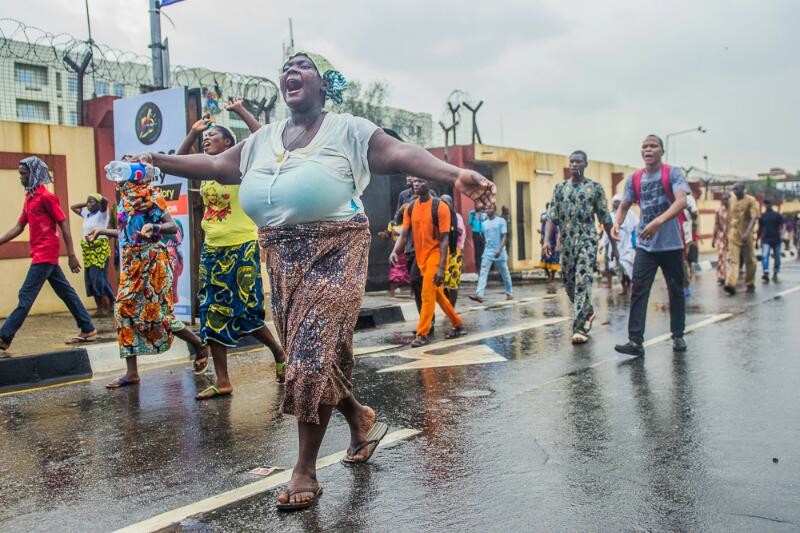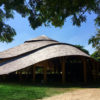Being aware of the recent global marriage between architecture and sustainable development, we cannot overemphasize the fact that technology has taken center stage in recent strategic solutions in re-positioning global cities to solve the problems and challenges citizens are faced with as they try to coexist and engage themselves in socioeconomic, religious and other numerous activities.
Emerging cities like Milton Keynes, Barcelona, Rio de Janeiro and Sangdo are embracing the use of technology in solving city planning challenges. In Milton Keynes, authorities are introducing tech apps that are able to communicate with home appliances through computers, smartphones and tablets, even while the home owner is away from home. The home owner is able to control the washing machine, minimize electricity use through government grid and run security checks of the house, while sitting in his office. This form of technology that builds a close relationship between city people, through computer applications and home appliances like the dishwasher, washing machine, television and microwave, such that they are able to communicate based on data, is regarded as Internet of Things (IoT). But according to Wikipedia, IoT is described as the inter-networking of physical devices, vehicles (also referred to as “connected devices”), buildings and other items embedded with electronics, software, sensors, actuators and network connectivity which enable to collect and exchange data.

Currently, the Lagos State Government is pioneering this smart technology in Nigerian cities. City planners in Lagos are, with the announcement of the state governor to transform new cities in Lagos, working together to create ideas which will give birth to solutions to solve the numerous challenges facing the megacity. Challenges like traffic gridlock, overpopulation, inadequate housing, waste management and many more are speculated to be near their end, with the introduction of smart cities technologies and internet of things. There are regular town hall meetings, hackathons, workshops and symposiums exposing city stakeholders to the daily challenges of Lagos and also possible solutions to these challenges, such as the just concluded Open City Lagos. But as unique as the lives of Lagosians are, more problems and challenges are created by government and individuals as the days roll by.
With the demolition of waterfront homes, which has greatly displaced the urban poor in Lagos, many analysts have rated Lagos as becoming a non-inclusive city. As the governor, Akinwunmi Ambode, stresses on the need to have a smart and beautiful Lagos, the fears of the urban poor grow even more, as there is no place in the proposals of the city authorities where they are considered in terms of housing and even transportation. This fear has also been aired by the international media, who agree with the importance of Lagos in the sectors trade and investments in Africa.

It is the role of Nigerian architects to work with tech experts, developers and all stakeholders, especially the urban poor, in conceptualizing these solutions to affordable and sustainable housing. Architects, through design, can develop these solutions, and with the support of technology developers, we can build a synergy between affordable design and smart cities technologies, especially Internet of Things. But one may argue that investors may not successfully be lured into investing in smart technology for the urban poor. This is where the challenges of waste management and recycling through smart technology and, energy use and rationing in low income homes will come up with many more. As the technological needs of the poor are quite few, with the absence or little use of home appliances, so also should solutions to their housing challenges be easily solved. And this could be possible through a partnership between the government authorities, the private sector, the people and professionals, such as architects, developers, engineers and tech enthusiasts. The major consideration must be the People, as the City is the People.

As Nigerian cities embrace smart city technologies and the Internet of Things, there is need to emphasize on citizens and their unique day-to-day challenges. With these challenges, architects and developers would be able to design and develop ideas in homes, through development of apps, which empowers home owners to manage energy use while at home and while away, by the use of data. This may involve the inclusion of hubs as an internal space in every home, from where all installations that enable communication by data collection and transfer is made possible. And because Nigerian cities retain the possibility of effectively powering through solar, data gathered at the hub can inform home owner or app user on exact time to switch from government grid to natural source, which will positively impact the management of energy in cities. This will reduce carbon emission and position our cities and citizens as friends of the environment.
With the examples and cases cited above, one would easily agree that Nigerian architects, city planners, technologists and related professionals have a role to play in developing indigenous technology to provide solutions that are unique to our challenges in our cities and houses. Only our homegrown solutions will develop our Internet of Things.





